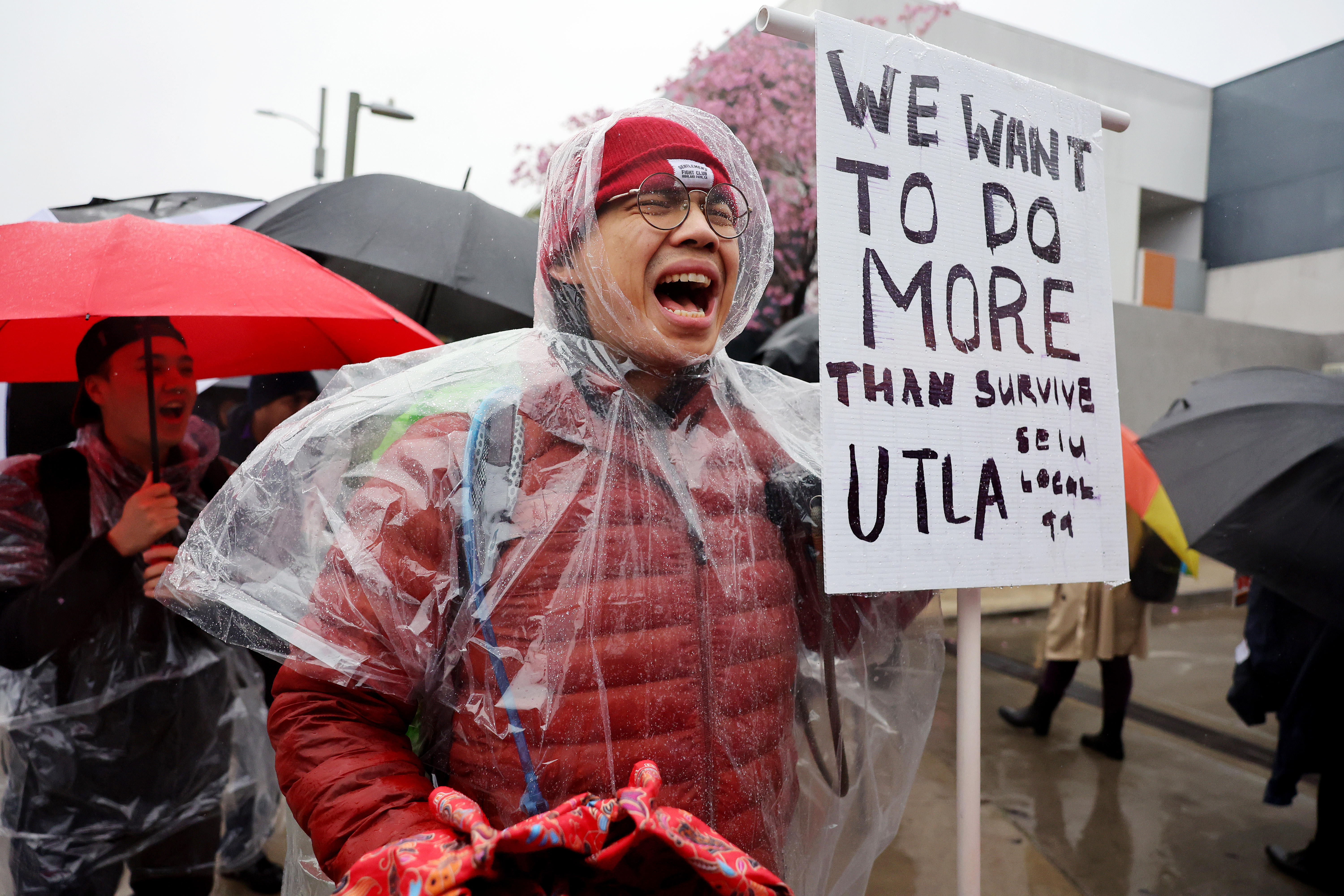
www.inspiremore.com
Couple Documents Their 3-Year Bus Conversion From Start To Finish — The Result Is Incredible!
They bought a 2006 International school bus, or skoolie, in 2022 for $5,000. Working mostly weekends and spending an additional $25,000 for renovation supplies, their masterpiece was ready just three short years later. Well, it was three very long years, but the end result is amazing. Bus conversion projects are becoming more popular with wanderers.
The versatility of an empty hull, combined with the ability to design it to personal needs, desires, and tastes, is very attractive to some people. For Paul and Shae, it was an affordable way to fulfill their dream of a traveling lifestyle. While maintaining full-time jobs, they used all their free time working on their bus conversion. Shae recently condensed 100 episodes of their video blog into two videos. The three-minute version is below:
@buslife4me a start to finish time lapse of our bus conversion 3 years of hard work in 3 minutes! we paid $6000 for our 2006 International School Bus and put about $25k into the conversion for a total of just over $30k! worth every penny to have a home that allows us to travel the country! not to mention the insane amount of skills we acquired taking this kind of project as newbies! everyday we feel so grateful we put in the years of sacrifice and hard work to turn our dreams into reality! #skoolie #skoolieconversion #buslife #busconversion #vanlife #vanconversion #campervan #diyproject #diyhome #starttofinish #transformation #dreamstoreality #hardworkpaysoff #nomad #travelife #traveltok #fyp #trending #viral ♬ suara asli – Wafee ||| BARU BELAJAR NGONTEN – Wafee
The journey from start to finish is like a DIY journal for a bus conversion. As each week progresses, the audience can see the changes taking shape. The bus didn’t look very big with the seats, but it expanded once those were removed. With the hollow body, the potential for transformation is infinite.
Stripping The “School” From Their Conversion Bus
The first part of the conversion project was to strip everything out of the bus interior. The couple removed row after row of seats. Once that was complete, they removed the ceiling. The flooring was difficult to remove, but it all had to go. Once that was removed, they applied a coat of black floor paint on the base floor.
@buslife4me the weekly build update! #skoolieconversion #skooliebuild #skoolielife #skoolienation #skoolieliving #schoolbusconversion #schoolbuslife #schoolbustransformation #vanbuild #vanlife #lifeontheroad #hippietok #traveltiktok #diy #fypシ #fypage #fypシ゚viral ♬ Love You So – The King Khan & BBQ Show
From there, they moved up to removing the wall panels. Next, it was time to frame all the walls and build the subfloor. They added foam board insulation under the subfloor. They added the electric rough-ins and plumbing lines. The project was shaping up nicely.
Sealing Windows And Adding Ceiling Fans
A main part of the overall bus conversion is ensuring that everything is watertight. The couple sealed all the windows. For ventilation, they installed two ceiling fan units and a recreational vehicle air conditioning unit. Working on the exterior, they installed a power inlet plug and outside electrical outlets.
After a good pressure washing, the top of the bus got a coat of white reflective paint. They removed the safety arms and “Stop” signs, then patched the mounting holes. Heading back inside, they applied a spray-on foam insulation material on the ceiling and walls.
Image from TikTok.
They added the walls and ceiling. The entire project was slow, but the couple was seeing definitive progress. The beadboard ceiling came out looking awesome. Next, they began framing in other design features, including the sleeping area and shower.
Paul And Shae Learned A Lot During Their Bus Conversion Project
According to Shae, the knowledge and experience the couple had going into this project would have fit in a thimble. Neither had any construction knowledge, but they tackled the bus conversion and learned on the fly. Their experiences, conveniently vlogged for the world, offer a step-by-step tutorial of how to do it.
@buslife4me kitchen part 106 of our #skoolie conversion!!! . . . #buslife #skoolielife #vanlife #busconversion #vanconversion #renovation #renovationseries #diyproject #homeimprovement #tinyhouse #interiordesign #offgrid #nomad #traveltok #fyp #viral #trending . . . @RecPro #RecPro @Lowe’s #LowesFinds @CelsiusOfficial #CelsiusLiveFit ♬ Walking Around – Instrumental Version – Eldar Kedem
We mentioned that Shae condensed their three-year commitment into two compilation videos. The three-minute version is posted above. You can view the ten-minute version here. The longer version offers more detail on the bus conversion.
Image from TikTok.
For the complete history of this project and their travels, follow the couple on TikTok, Facebook, YouTube, and Instagram. They are living their dream, traveling, and enjoying the adventure.
Please share.
You can find the source of this story’s featured image here.
The post Couple Documents Their 3-Year Bus Conversion From Start To Finish — The Result Is Incredible! appeared first on InspireMore.
















